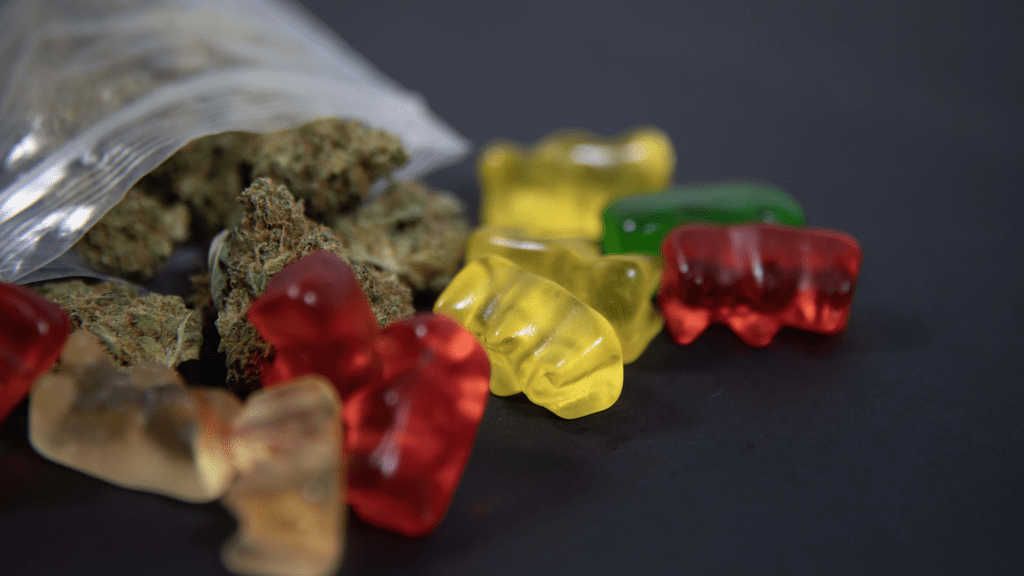The cannabis plant contains over 100 different compounds. Most people are familiar with the THC and CBD, but there are many others. Cannabicyclol or CBL is a lesser known compound that has garnered a lot of attention in the last few years. Anyone who uses cannabis for medicinal or recreational purposes will want to learn more about this compound.
What is CBL?
Cannabicyclol is classified as a phytocannabinoid, but there hasn’t been a lot of research done into its potential benefits and side effects. There have only been a handful of scientific studies performed using CBD. So far it hasn’t been shown to offer a lot of medicinal value as a whole.
Scientific Studies
There was one study performed with CBL back in 1976 with rabbits. The rabbits that were used in this experiment were given micro doses of CBL, precisely 1 milligram per kilo of the animal’s bodyweight. This dosage did not yield any results, but a larger dose of 8 milligrams per kilo of bodyweight killed the rabbits fairly quickly. Only two rabbits were used in this study, so the results aren’t very useful.
Properties
CBL is obtained by degrading CBC or cannabichromene, which is another compound found in the cannabis plant. Most of these plants contain more CBC than CBL on average. These compounds aren’t nearly as prevalent as either CBD or THC in the cannabis plant.
The older a cannabis plant is, the less CBL is present. Researchers in China discovered that cannabis plants from the BCE time period contained extremely high levels of CBL. In fact, there was more of this compound in the plants than any other. This is in fairly stark contrast to the cannabis plants that are grown today.
CBL vs. Other Cannabinoids
CBL has an almost identical molecular formula to that of THC and CBD. One of the big differences between this cannabis compound and the others is how its atoms are arranged. Scientists discovered that there are no double bonds present in CBL, which is not the case with THC. This basically means that consuming this compound does not produce a “high” or any psychoactive effects whatsoever.
Positive Effects
As of right now it is unclear as to what the extent of CBL’s medicinal benefits are. Some scientists and researchers believe that this cannabinoid could help with reducing inflammation. This is a fairly common medical benefit of other cannabinoids, especially CBD.
It is very likely that if CBL is beneficial to one’s health in any way, it is only when it’s combined with other cannabinoids. There is a possibility that this compound could produce more pronounced positive effects when used with THC, CBD, and other cannabis compounds.
Can CBL be Used to Treat Any Medical Conditions?
Because there isn’t a lot of research data available for CBL, it is difficult to say whether or not it can be useful in treating any medical conditions. It is possible that this compound could help people with arthritis and other inflammatory ailments. There have been some preliminary study results that might indicate this.
If CBL were to offer some of the same medicinal benefits as other cannabinoids, it could also help people with insomnia, anxiety, and even seizure disorders. For example, CBD has been found to act as a very effective anti-convulsant.
Final Thoughts
While we don’t currently have much information on the positive or negative effects of CBL, it is currently being studied. It is likely that we won’t have as much research data on this compound as others for a while. Right now there doesn’t seem to be a very strong desire within the scientific community to study CBL.



